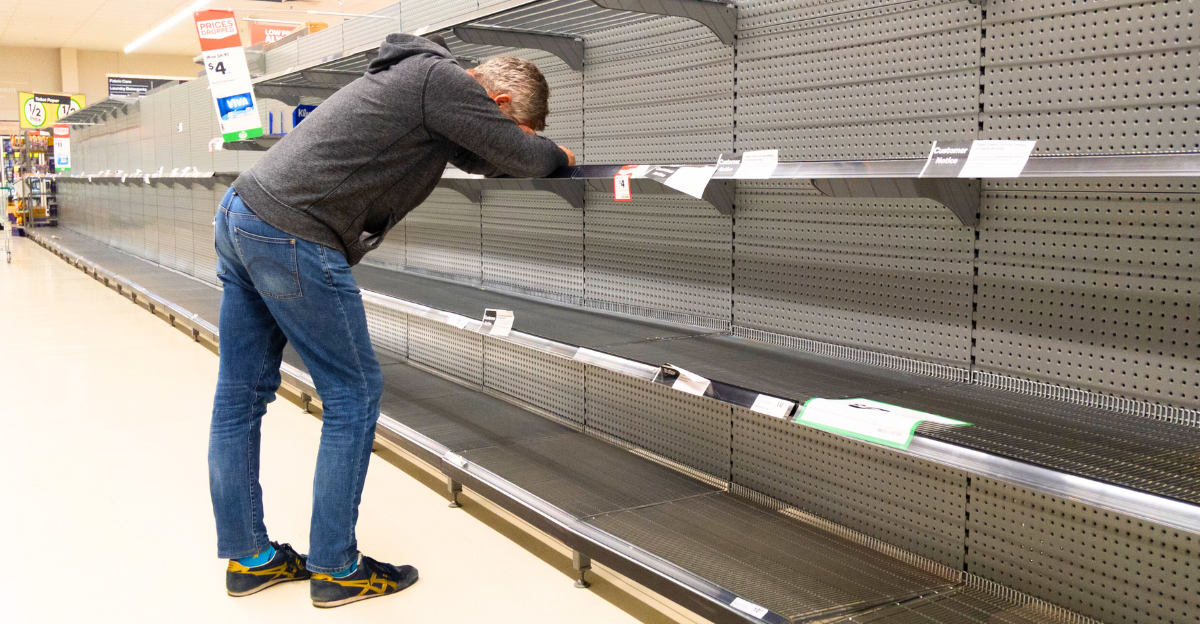
When the economy takes a nosedive, some U.S. states are seen as more vulnerable than others. These states are juggling fragile budgets, outdated infrastructure, and heavy reliance on unstable industries like oil, manufacturing, or tourism.
For many families and consumers, this means potential job losses, cuts in public services, and tougher times ahead. Let’s dive into the top 10 U.S. states that are most at risk if a major economic crash hits and what that could mean for everyday people.
1. Alaska: A State on Shaky Ice
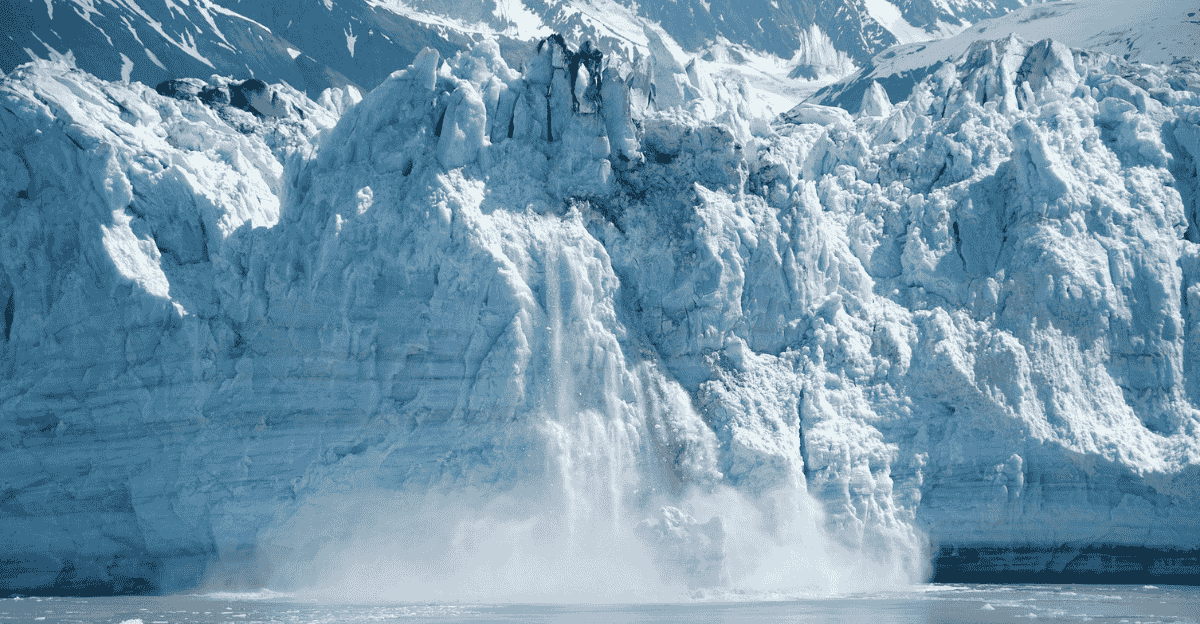
Pixabay via Canva
Alaska’s economy is very dependent on oil, which makes up about 85% of its general fund revenues. When oil prices drop, the state faces budget crises, cuts to public programs, and delayed infrastructure projects.
The problem? Oil production has been continuously declining for decades, so even stable prices don’t guarantee stability. This means Alaskans could see layoffs, fewer public services, and many communities struggling to keep essentials like heat and power running during tough times. For consumers, it’s a reminder that economies tied to a single resource can wobble dangerously in uncertain times.
2. Louisiana: More Than Just Mardi Gras

Pixabay via Canva
Louisiana’s unique vibrant culture masks deep economic troubles. With over 18% of residents living in poverty and a heavy reliance on oil and gas, the state is very vulnerable to market swings. Natural disasters like hurricanes and floods only add to the strain, damaging infrastructure and draining emergency resources.
Public education faces ongoing challenges, and the loss of young, skilled workers results in fewer prospects for the state’s growth. For consumers, a downturn could easily mean job losses, overwhelmed emergency services, and a tougher path to economic recovery in the future.
3. Michigan: Haunted by the Past

Unsplash via Canva
Michigan, once the heartbeat of American manufacturing, still feels the effects of the continuous industrial decline. Nearly 40% of residents currently face financial distress, juggling bills and debts. While tech start-ups in cities like Ann Arbor offer hope, many areas like Flint and Saginaw are still faced with decaying neighbourhoods and underfunded schools.
The state’s economy remains heavily tied to the automotive industry, so any hit to car sales or supply chains could trigger layoffs and foreclosures. For consumers, this means economic uncertainty and a reminder that recovery can be slow and uneven.
4. Mississippi: Stuck in Long-Term Poverty

Pixabay via Canva
Mississippi faces some of the toughest economic challenges currently in the U.S., with a quarter of its population living below the poverty line. Many rural areas suffer from crumbling infrastructure, failing water systems, and healthcare shortages.
The state also has its challenges as young educated residents leave for better opportunities elsewhere. With a workforce largely in low-wage jobs and a heavy reliance on federal aid, a national economic crash could push Mississippi into an even deeper crisis, affecting everything from schools to hospitals.
5. Illinois: A Financial Time Bomb

Unsplash via Canva
Illinois might look prosperous with Chicago’s skyline and a hub of corporate headquarters, but it hides massive financial problems in the shadows. The state’s pension system has over $211 billion in unfunded liabilities, forcing higher taxes that don’t always translate into better services.
Residents are leaving in droves, and some neighborhoods face serious crime and decay. If the national economy falters, Illinois could face a severe fiscal crisis, leading to cuts in public services and a shrinking workforce, hitting consumers hard in their daily lives.
6. Arkansas: Quietly Struggling
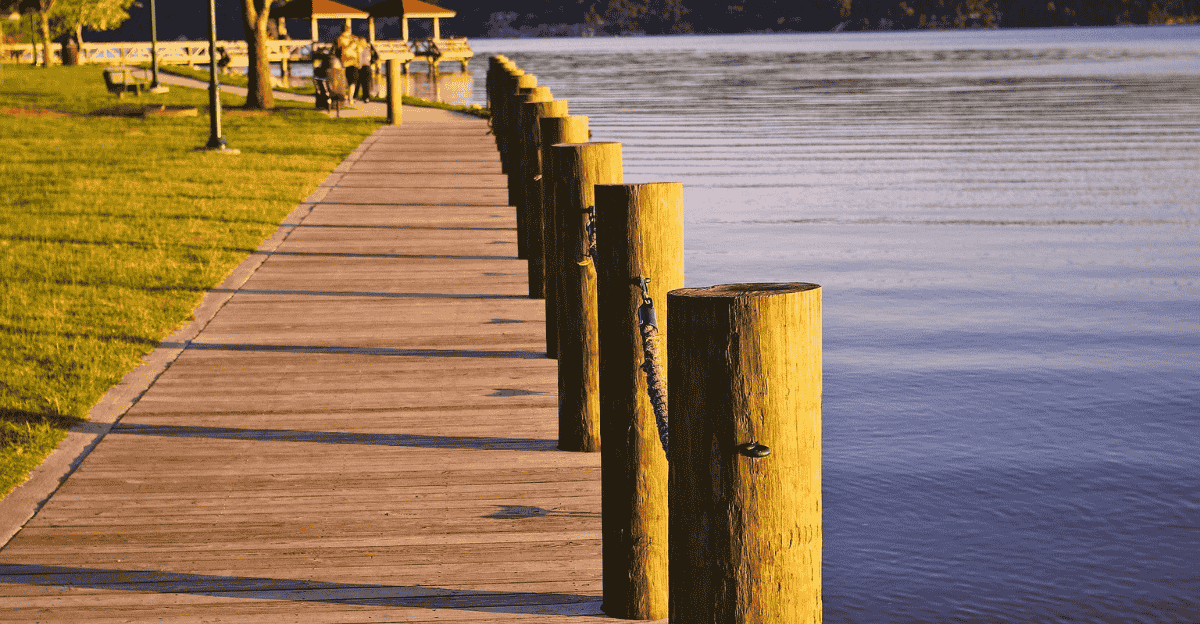
Pixabay via Canva
Arkansas often flies under the radar but faces serious economic fragility. While the northwest corner thrives with jobs and industries, much of the state still remains rural and significantly underdeveloped. Access to healthcare and education is limited, and broadband is still a luxury in many areas.
The economy depends heavily on low-wage sectors and federal funding, which could quickly dry up in a recession. Consumers here might experience job losses, reduced public services, and worsening infrastructure problems during an economic downturn.
7. Nevada: The High Stakes State
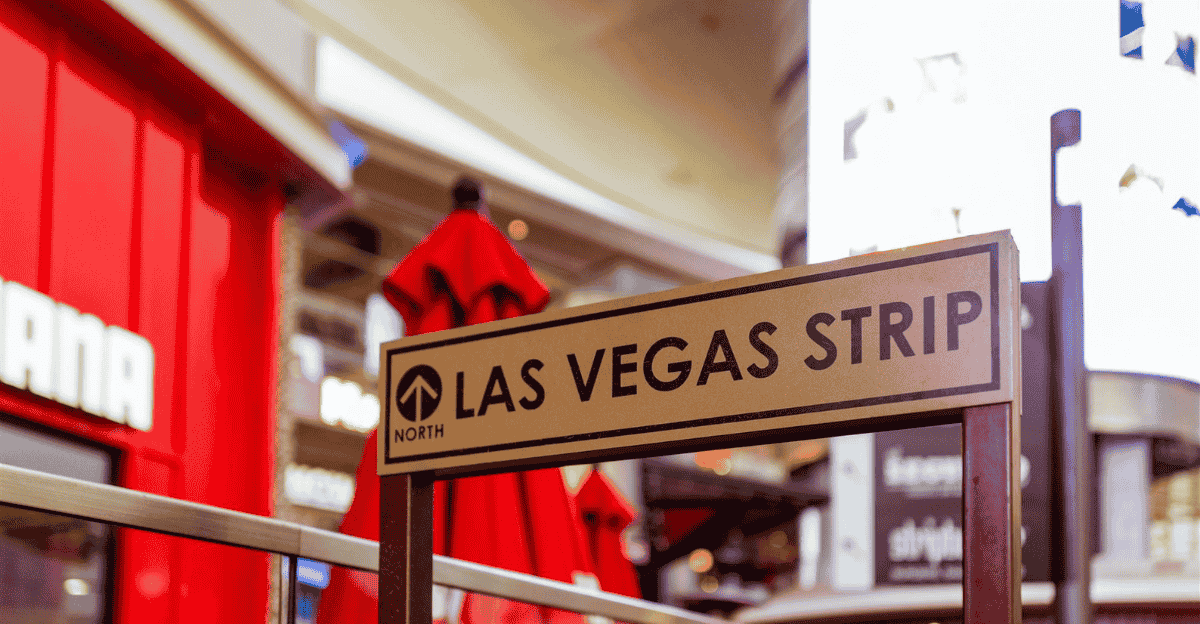
Pexels via Canva
Nevada’s economy is largely a gamble, literally. With over a quarter of its workforce in entertainment and hospitality, a drop in tourism or gambling can devastate state revenues. The lack of an income tax means fewer funds for schools and hospitals when the economy slows.
While Nevada is currently doing well, a recession could lead to casino closures, job cuts, and a ghost town effect in tourist areas. Consumers that heavily dependent on these industries could face sudden unemployment and reduced public services.
8. Kentucky: Under The Radar but Still Vulnerable
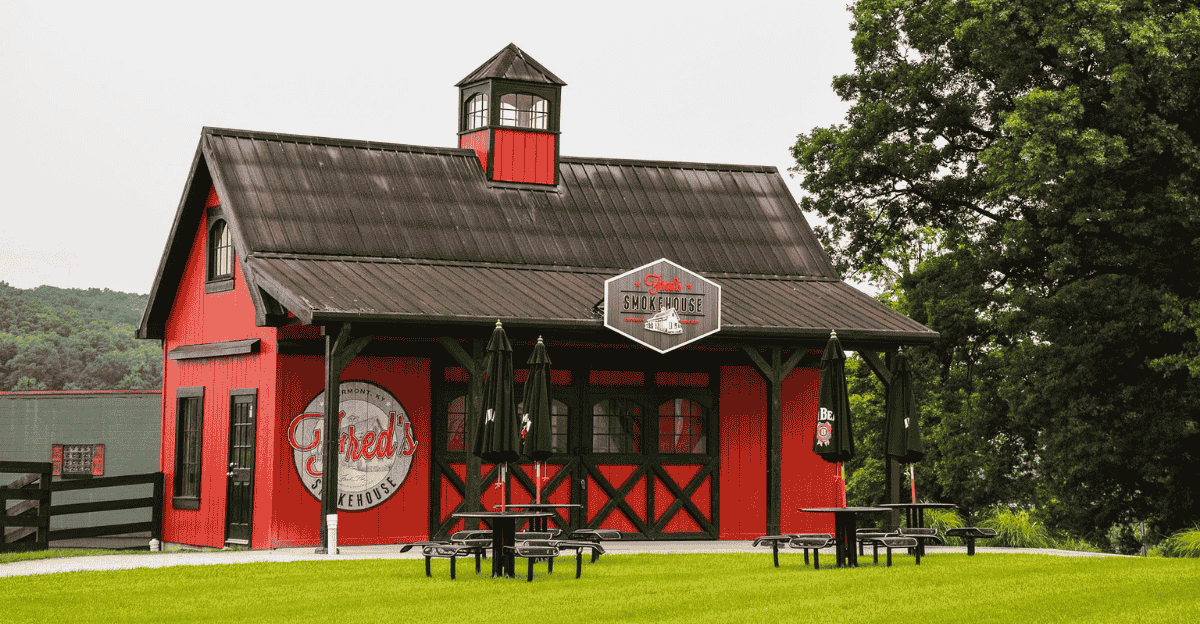
Pixabay via Canva
Kentucky faces the same challenges as neighboring states like Missouri and Arkansas. It has pockets of economic distress, especially in rural areas, with limited job opportunities and noticeable infrastructure issues.
The state’s reliance on industries vulnerable to economic shifts means it could face rapid declines if there are national economy crashes. For families, this could result in fewer jobs, cuts in education and healthcare, and a tougher environment for economic recovery.
9. Alabama: A State at a Crossroads
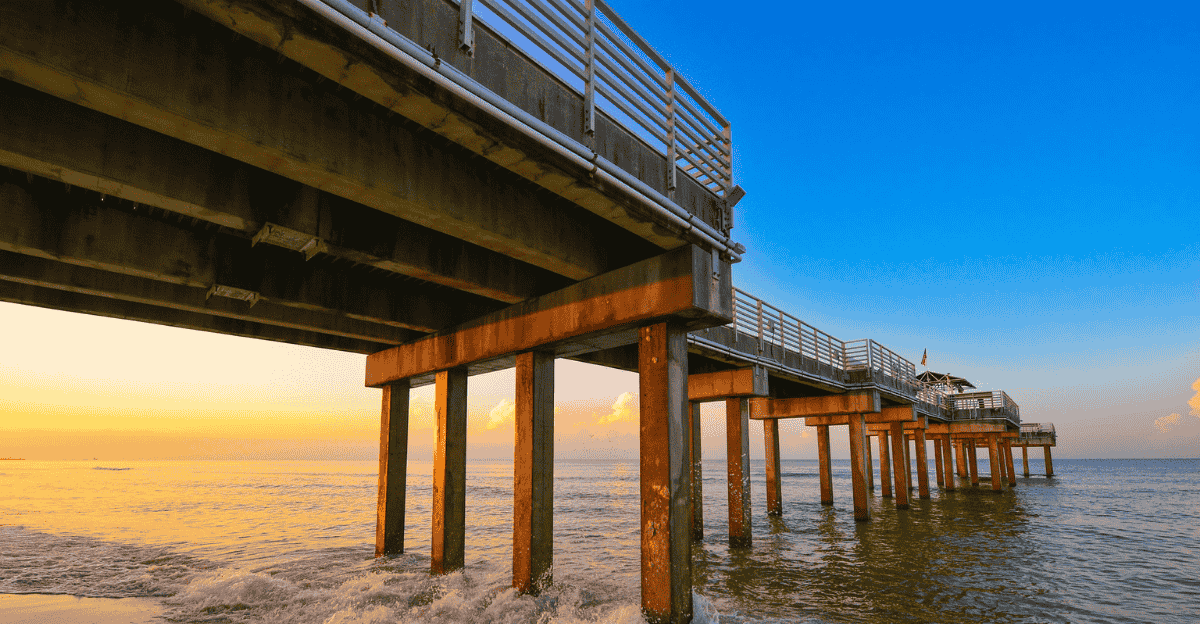
Pixabay via Canva
Alabama faces significant economic challenges that put it near the top of the list for vulnerability. While the state has a growing automotive and aerospace sector, much of Alabama still depends on manufacturing and agriculture—industries sensitive to economic swings. High poverty rates and underfunded public services definitely adds to the strain.
Rural areas, in particular, struggle with limited healthcare access and the issue of aging infrastructure. If the economy crashes, Alabama could see job losses, cuts in education and social programs, and increased financial hardship for many families. Consumers should be aware that economic shocks here could hit hard and fast.
10. West Virginia: The Most Vulnerable State
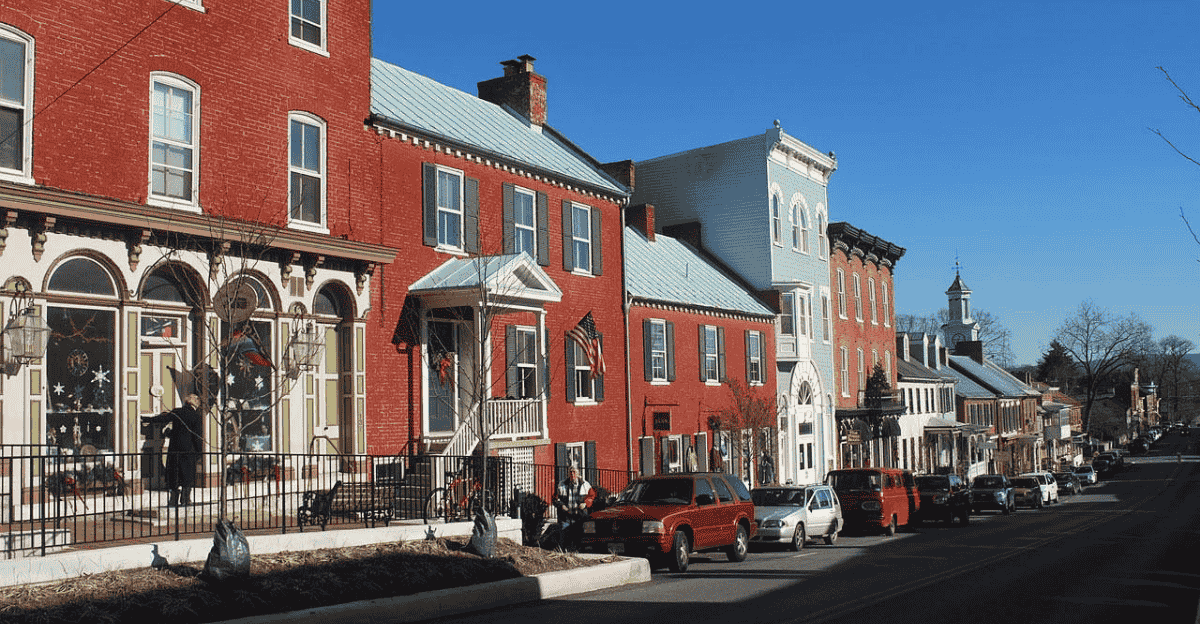
Pixabay via Canva
West Virginia tops the list as the state most at risk if the U.S. economy crashes. Its economy relies heavily on coal mining and energy production. These industries have been facing long-term decline. High poverty rates, significant population loss, and crumbling infrastructure make the state especially fragile.
Public services are already stretched thin, and many communities lack access to quality healthcare and education. For consumers, a major economic downturn could mean widespread unemployment, reduced state support, and deepening economic despair. West Virginia’s challenges highlight how dependence on declining industries and insufficient investment can leave a state exposed long term in tough times.
Understanding which states are most at risk helps consumers and families prepare for economic uncertainty. Whether it’s job security, access to healthcare, or public services, knowing the vulnerabilities can guide better personal and community planning. While the national economy’s future is uncertain, awareness is the first step to resilience.
Discover more trending stories and Follow us to keep inspiration flowing to your feed!

Craving more home and lifestyle inspiration? Hit Follow to keep the creativity flowing, and let us know your thoughts in the comments below!
